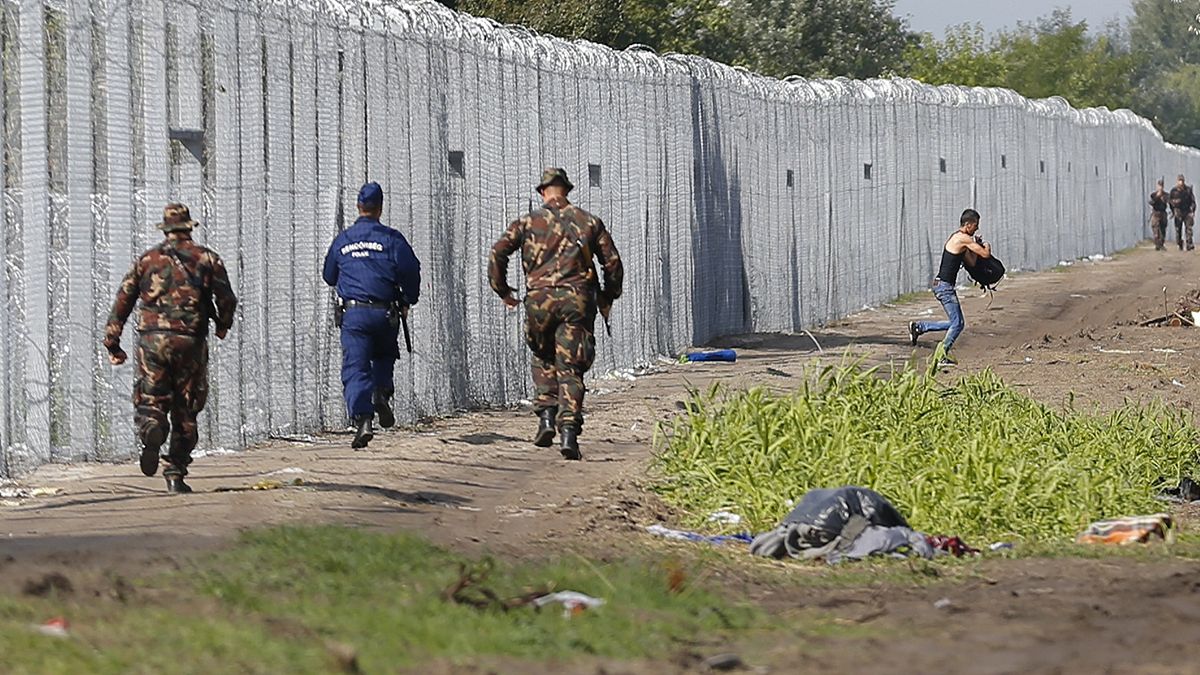The original agreement to allow unhampered movement was signed near Schengen, a small town in Luxembourg, on 14th June, 1985. European Economic
The original agreement to allow unhampered movement was signed near Schengen, a small town in Luxembourg, on 14th June, 1985.
European Economic Community Member States Belgium, France, the pre-reunification Federal Republic of Germany, Luxembourg and the Netherlands swept away internal border checks.
A convention was added in 1990 and the arrangement entered force in 1995, with seven EU members on board — now including Spain and Portugal. Barriers and border buildings were dismantled 20 years ago.
Greatly expanded from the initial five EEC states, the Schengen Area now has 26 signatory countries. This guarantees free movement for some 417 million citizens, and many non-EU nationals, within a 4 million square kilometre space, carrying basic ID, which the authorities, as a rule, do not ask to see.
Twenty-two of the 28 EU states are part of Schengen, plus four non-EU members: Iceland, Norway, Switzerland and Liechtenstein. On the Schengen waiting list are Cyprus, Bulgaria, Romania and Croatia. Britain and Ireland are opt-outs from Schengen, by their choice.
Each member must apply entry formalities for anyone coming from outside Schengen, but once past the initial customs and document check, a traveller does not go through it again.
However, the agreement does allow a member country to suspend this freedom of movement, and to reimpose control, under exceptional circumstances.
France, for example, brought them back when the Arab Spring drove thousands of people northward across the Mediterranean, overwhelming Italy, who then gave the migrants temporary papers, that many used to try to cross into France.
Although several European leaders have called for Schengen reforms, it remains legally valid.
With questionable effectiveness, such as in the Spanish enclave of Ceuta on the northern tip of Morocco, some members have struggled (and continue to struggle) to keep control of the EU’s outer borders, most recently Hungary.
